April 1, 2024, 4:22 a m., Pacific: Over the weekend, the southernmost crater stopped erupting. Now at the cam it appears that the middle crater is inactive (at least for the moment; nothing is mentioned about that in current online news).
Also, at the moment, activity in the main crater appears to be somewhat less.
A flurry of stories appeared Sunday afternoon about the possibility of an ending to the eruption; news articles quoted Thorvaldur and a group at the University of Iceland as saying that decreased thermal signature was a sign that the eruption was ending.
IMO, on the other hand, stated
via Magnus Tumi what this layperson has always understood from her readings about volcano monitoring everywhere: thermal output gives important data but it cannot predict an eruption’s end.
As I understand it, two of the biggest unknowns in volcanology are still:
- At what point does eruption become inevitable during magma movements underground?
- How and why eruptions end.
And that’s just “normal” volcanism — in Iceland, spreading-ridge processes and ridge interactions with the hotspot melting anomaly must be considered, too.
I’m not sure why there is a discrepancy in the reported views of Icelandic volcanologists but it’s sad to see at such a time, with lava still flowing and so much still at stake.
It might be something going on behind the scenes. I saw an interview a few weeks ago in which a government official said that there was no need for another volcanology organization, even though the Reykjanes Peninsula is waking up and will continue being intermittently active in the foreseeable future.
In other words, the government has confidence in volcanologists of the national weather service (which is what IMO is), while others outside IMO might want want to play an official role in future events and are now seeking for a way in.
Or it could be something else. This layperson has difficulty coming to grips with events in her own country, let alone somewhere else.
Nevertheless, this layperson does not see the recommended “speak with one voice” happening this past weekend, and the confusing “two voices” dichotomy, if formalized, would probably be worse for the public and others who are endangered by the “Reykjanes Fires.”
However, as this
source notes:
The power of the single voice from the group of experts often misleads the receivers of the message…
That linked chapter goes into general volcano monitoring uncertainty with much jargon and in great detail. I’m not qualified to comment on it but do see the same emphasis on uncertainty in, as just one example, the quotes from Magnus Tumi in the linked news story above.
That approach to this very difficult situation on the Reykjanes Peninsula impresses me much more than do the other more sure-sounding views described above.
I think that the public ultimately appreciates more being told
what they/we need to know than being told what they/we want to hear.

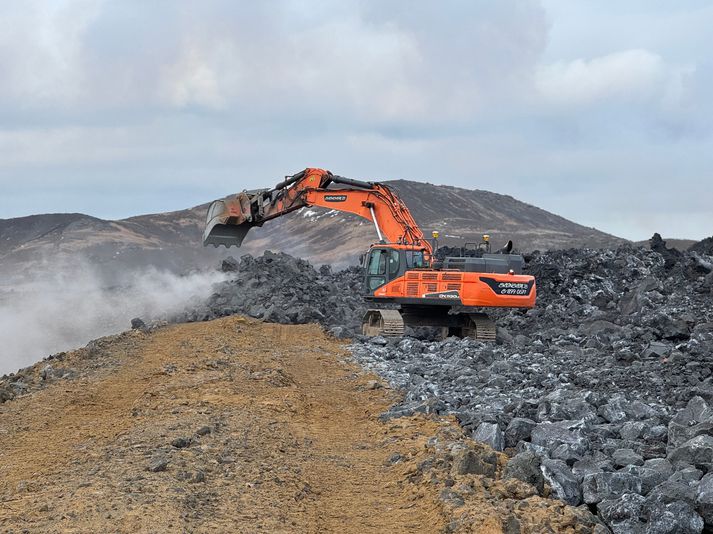
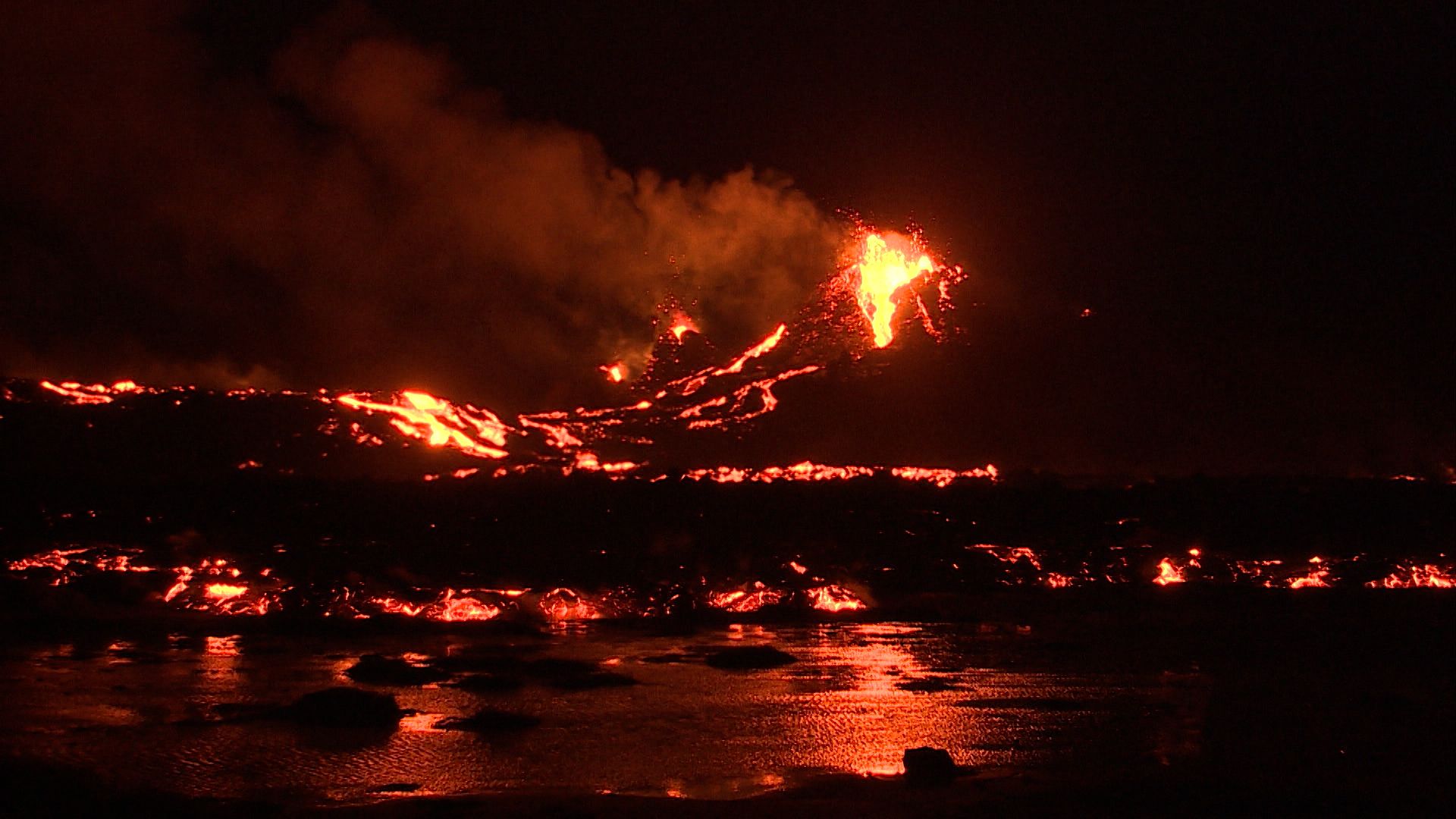
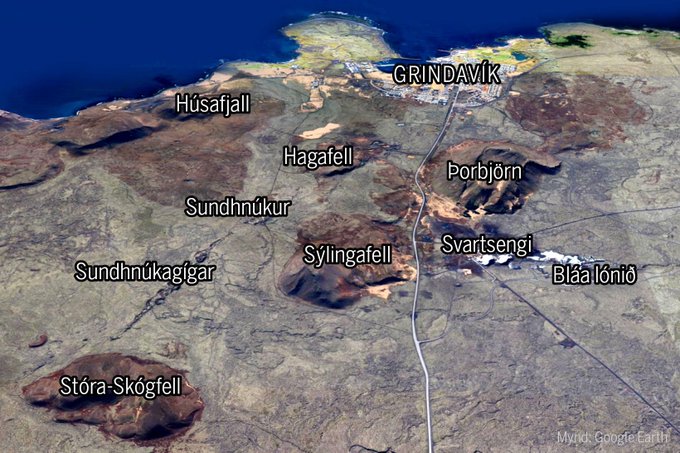
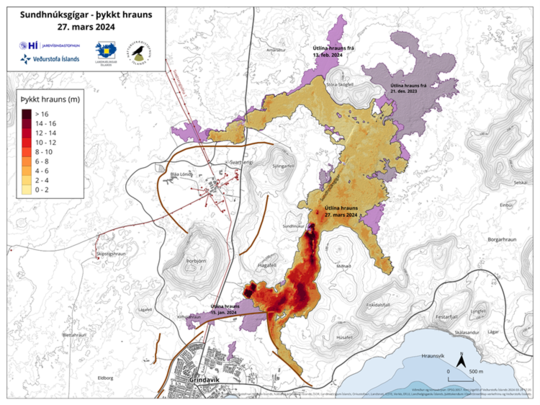
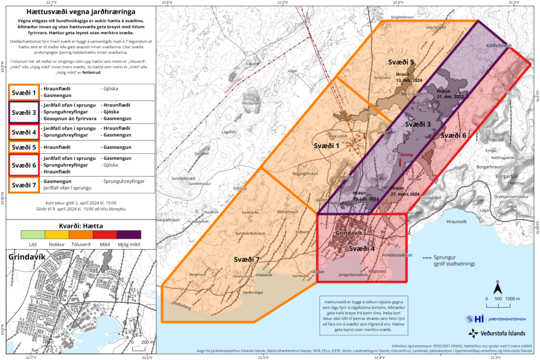
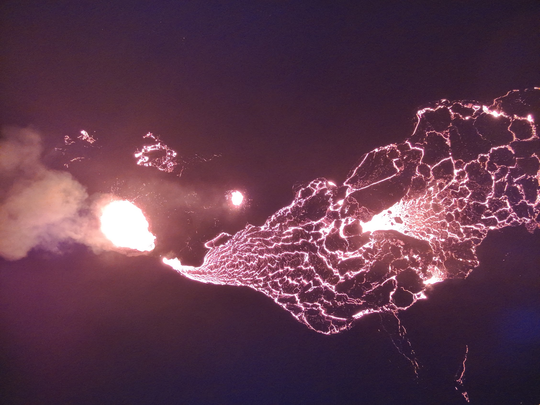
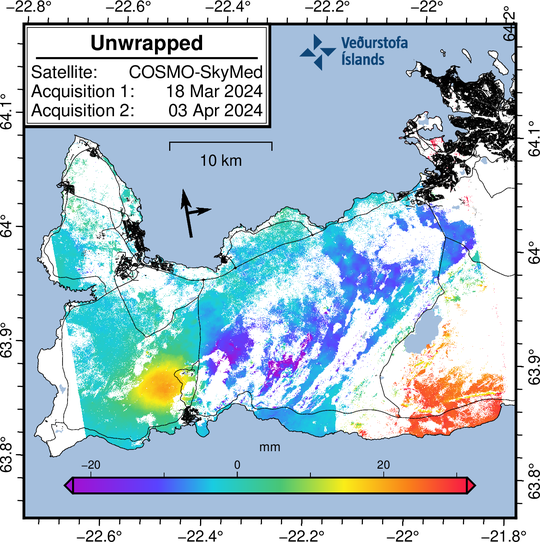
/frimg/1/48/28/1482825.jpg)
